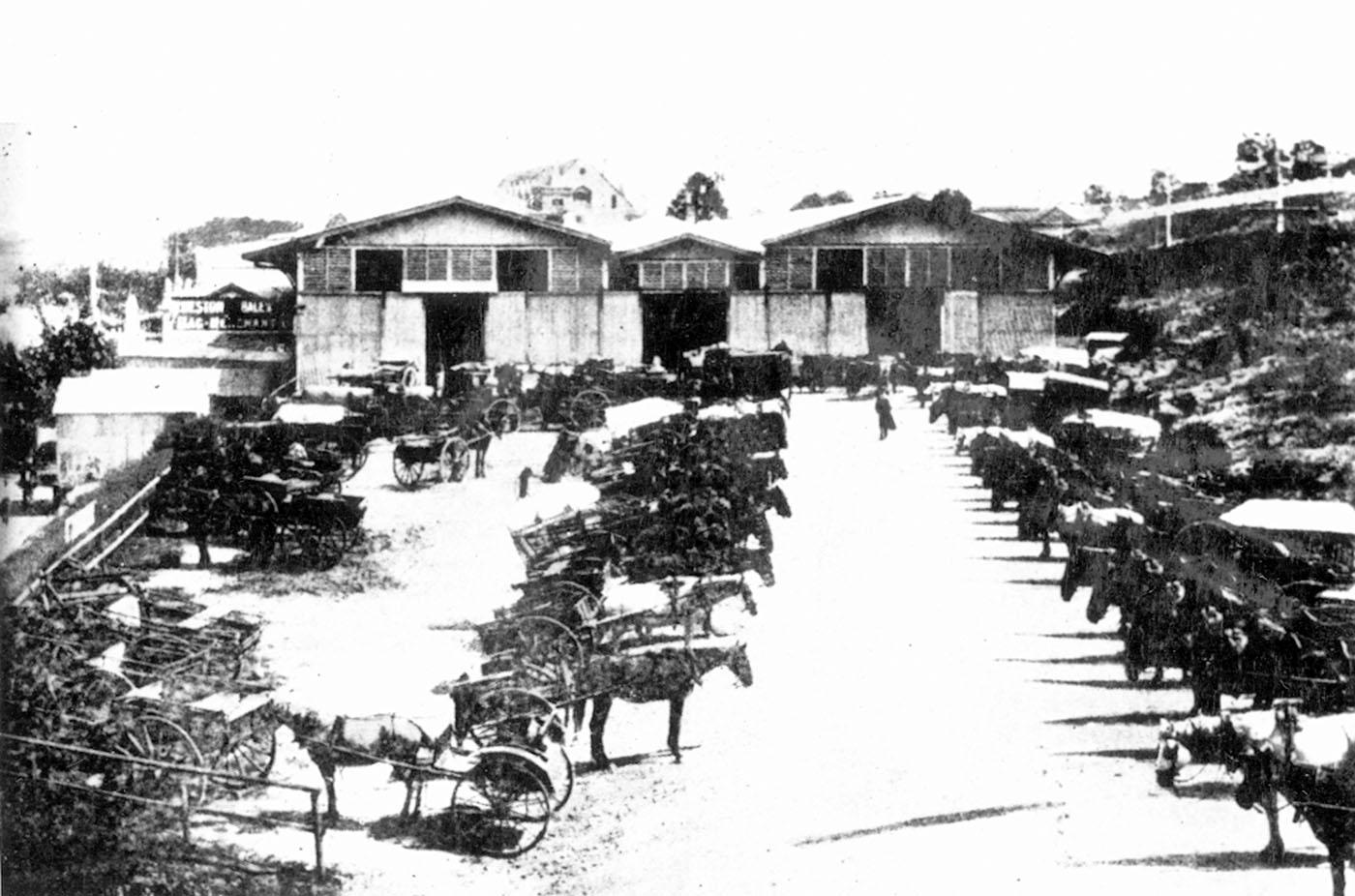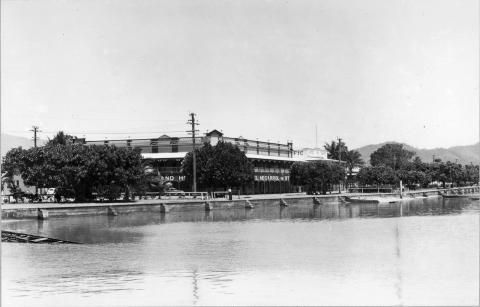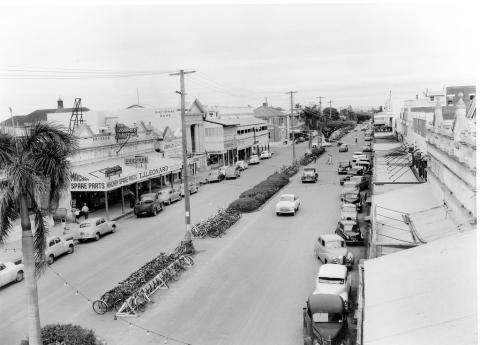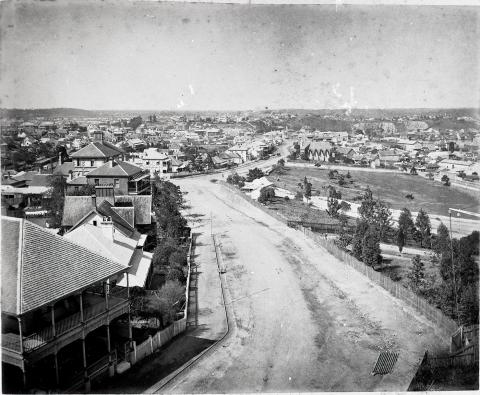
- News of the day
-
Telegraph, Thursday 7 October 1886, page 4
Egg Incubators.
Mr. H. Osbourne, poulterer, of Roma Street Market, has just succeeded in “hatching” a number of young ducks by means of a “Hearson's Patent Incubator.” About a month ago Mr. Osborne placed some 40 eggs in the incubator, which is heated by a very simple self-regulating heating appliance. An inspection this morning disclosed the fact that a number of young ducks were gradually emerging from their shells. The incubator is both simple and inexpensive.
- Background
-
The incidence of railway construction particularly that which then terminated at Roma Street had an influencing part in determining the site of a new Brisbane market. A loan of £6000 for the erection of a new wholesale market was offered to Brisbane Municipal Corporation on a site in Upper Roma Street (near the original Roma Street Railway Station) and adjoining the (old) Albert Grammar School Reserve.
Briefly, it consisted of a large covered shed 300 ft. long and 100 ft. wide with a double set of railway lines running between the two landing platforms. A cooling room 100 ft. by 25 ft. for the storage of meat and the necessary offices were built on the adjoining Roma Street frontage. As a result of the rapid growth of Brisbane's population from 30,000 in 1880 to 50,000 in 1885, a larger market became necessary.
A new Roma Street market consisting of seven sections was established in Roma Street, on the site of the original sale and pound yards. The land was a free grant from the Government to the Council and the building, cost £13,000. An extension of the Roma Street market was made a few years later to front Turbot Street.
Auction sales were held on Tuesdays, Thursdays and Saturdays. Some dissatisfaction regarding the amounts of rents demanded resulted in thirty of the fruit and vegetable agents of the market forming themselves into a company called “The Brisbane Fruit and Produce Exchange Ltd" in 1906. Several small cottages were purchased in Turbot St. and later more property in Ann Street on which was erected a more commodious market.
/153.0216407,-27.4672545,7/450x450@2x.png?access_token=pk.eyJ1IjoicXNhLWRpc2NvLXFsZCIsImEiOiJjamJmdTgyZXEyeWNjMnlxZm8xcmtieHgxIn0.lmT9J5tTPKGuuccQgCVSAg)



